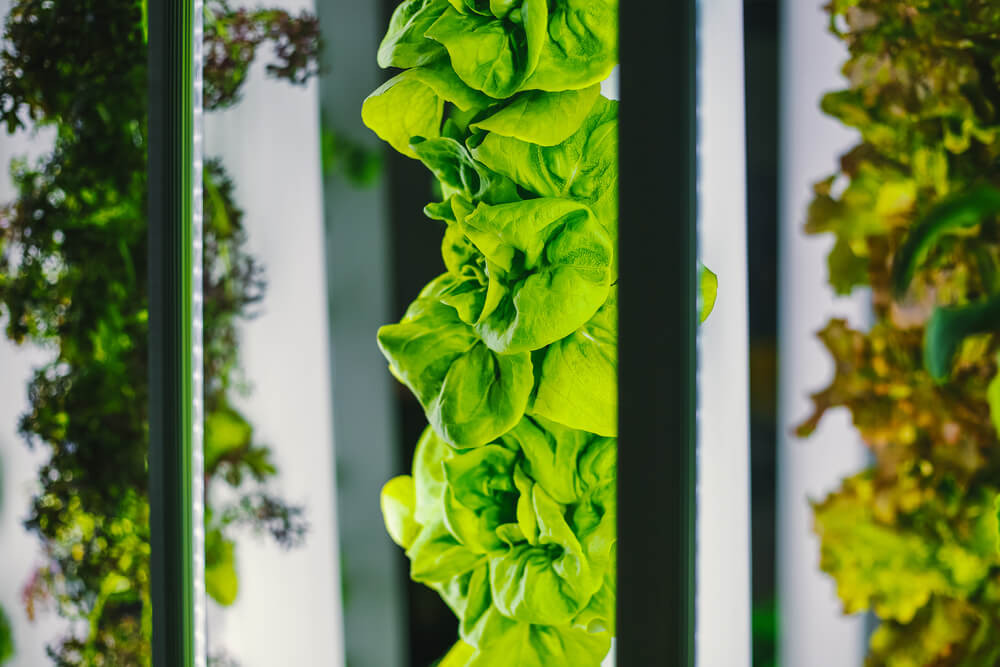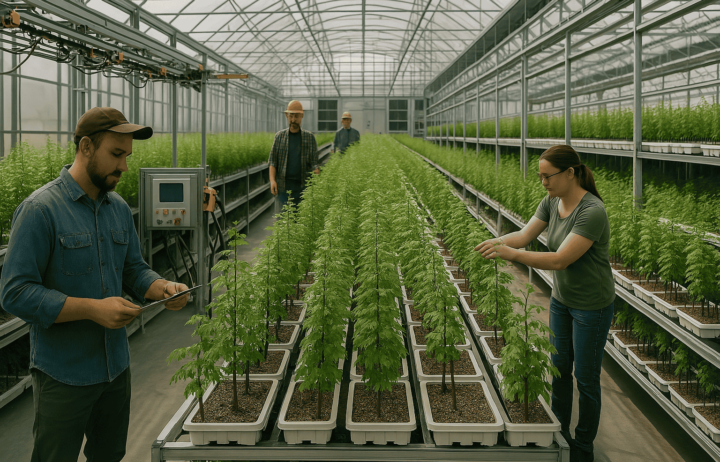
Setting Up a Commercial Vertical Farm: Key Considerations and Best Practices
Vertical farming is a promising approach to revolutionizing the agriculture industry by enabling efficient, sustainable food production in urban areas. However, setting up a commercial vertical farm involves careful planning and consideration of various factors. This guide covers essential aspects like location, technology, crop selection, and cost management to help aspiring and existing farmers succeed in the vertical farming industry.
Location
Choosing a great location is crucial for the success of a vertical farm. The location should be close to your customers to minimize transportation costs and ensure fresh produce. Additionally, urban areas with high population densities offer better opportunities for customer engagement.
Best Practices:
- Market Research: Research and understand the demand for your products in the selected area.
- Accessibility: Ensure the location has easy access to transportation and logistics networks.
- Cost Efficiency: Evaluate real estate costs and look for urban spaces like rooftops or unused warehouses that can be converted into farming facilities.
Technology
Vertical farming relies heavily on technology, from hydroponics and aeroponics systems to artificial lighting and climate control.
Best Practices:
- Hydroponics and Aeroponics Systems: Choose a system that suits your crop types and business model. Hydroponics uses nutrient-rich water solutions, while aeroponics involves misting roots with nutrients.
- Lighting: Invest in energy-efficient LED lights that provide the specific light spectrum needed for plant growth.
- Automation: Utilize automated systems for irrigation, climate control, and monitoring to reduce labour costs and improve efficiency.
Crop Selection
Selecting the right crops is vital for maximizing profitability and meeting market demand. Not all crops are suitable for vertical farming, so choose those that thrive in controlled environments.
Best Practices:
- High-Value Crops: Focus on high-value crops like leafy greens, herbs, and microgreens, which have quick growth cycles and high market demand.
- Market Needs: Consider what local consumers are looking for and adapt your crop selection accordingly.
- Research and Testing: Conduct trials to determine which crops perform best in your specific setup and conditions.
Cost Management
The initial investment for launching a vertical farm can be high, and managing operational costs is essential for long-term sustainability.
Best Practices:
- Budget Planning: Develop a detailed budget that includes costs for construction, technology, labour, and maintenance.
- Energy Efficiency: Implement energy-saving technologies and renewable energy sources like solar panels to reduce ongoing costs.
- Grants and Funding: Explore funding options such as grants, loans, and investments from venture capitalists focused on sustainable agriculture.
Pest Management
Even in a controlled environment, pests can infiltrate and affect crop health.
Best Practices:
- Preventative Measures: Implement strict sanitation protocols and use pest-resistant plant varieties.
- Integrated Pest Management (IPM): Use biological, mechanical, and chemical controls to manage pests effectively.
Temperature and Humidity Control
A significant challenge for vertical farms is maintaining precise temperature and humidity levels. It is critical for crop growth and yield.
Best Practices:
- Climate Control Systems: Invest in high-quality HVAC systems for energy efficiency and precise control.
- Monitoring: Use sensors and automation to continuously monitor and adjust environmental conditions.
Harvesting and Distribution
Efficient harvesting and distribution are essential to ensure fresh produce reaches consumers promptly.
Best Practices:
- Automated Harvesting: Utilize automated harvesting systems to reduce labour costs and increase efficiency.
- Local Partnerships: To distribute your produce, establish partnerships with local grocery stores, restaurants, and farmers’ markets.
Commercial Vertical Farming Solutions from NuLeaf Farms
Setting up a commercial vertical farm requires careful planning and investment in technology, location, and crop selection. By considering these key factors and following best practices, you can create a successful and sustainable vertical farming operation.
Leverage NuLeaf Farms’ expertise and innovative solutions to ensure your commercial vertical farm thrives. Our commercial indoor farming solutions and expertise can help you optimize every aspect of your vertical farming operation.
From state-of-the-art technology and climate control systems to tailored training programs and strategic planning, NuLeaf Farms provides comprehensive support to turn your vertical farming vision into reality. Connect with us today and start a sustainable and profitable urban agriculture journey.








